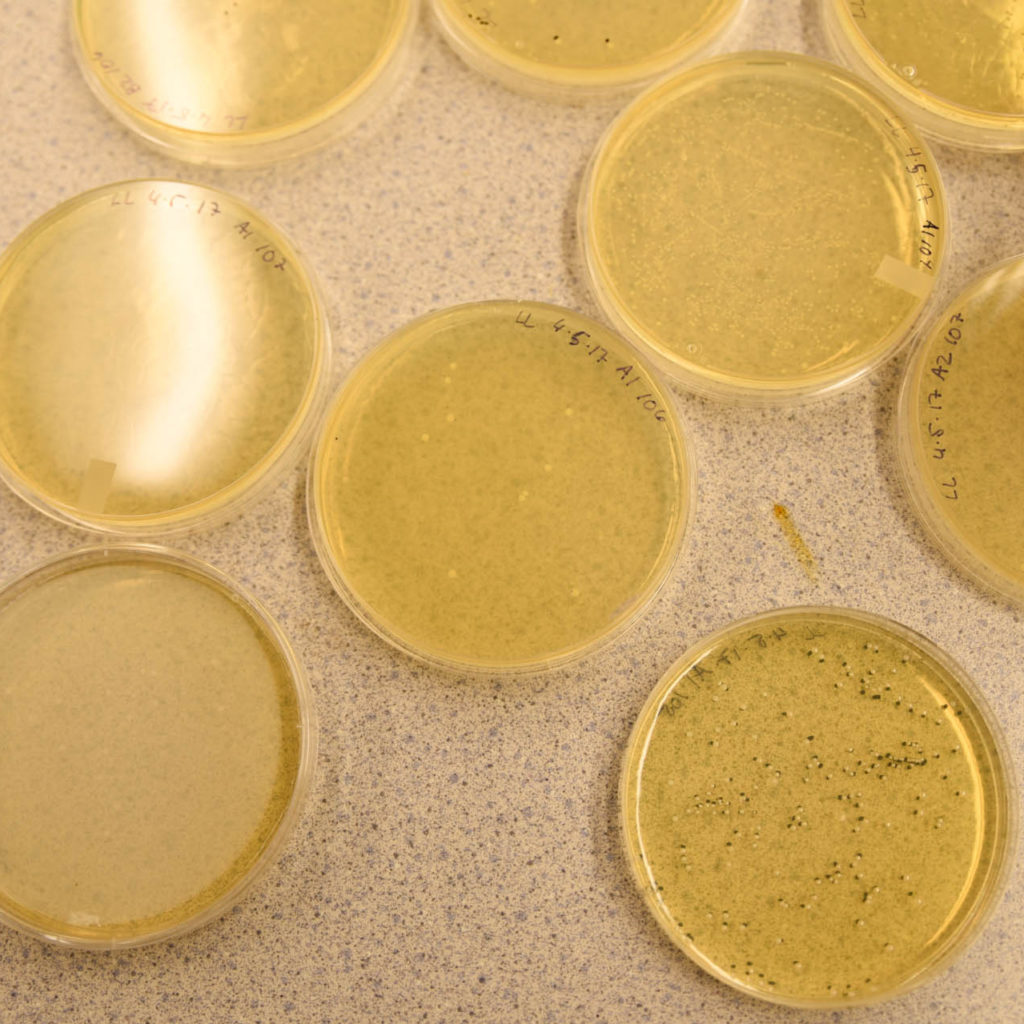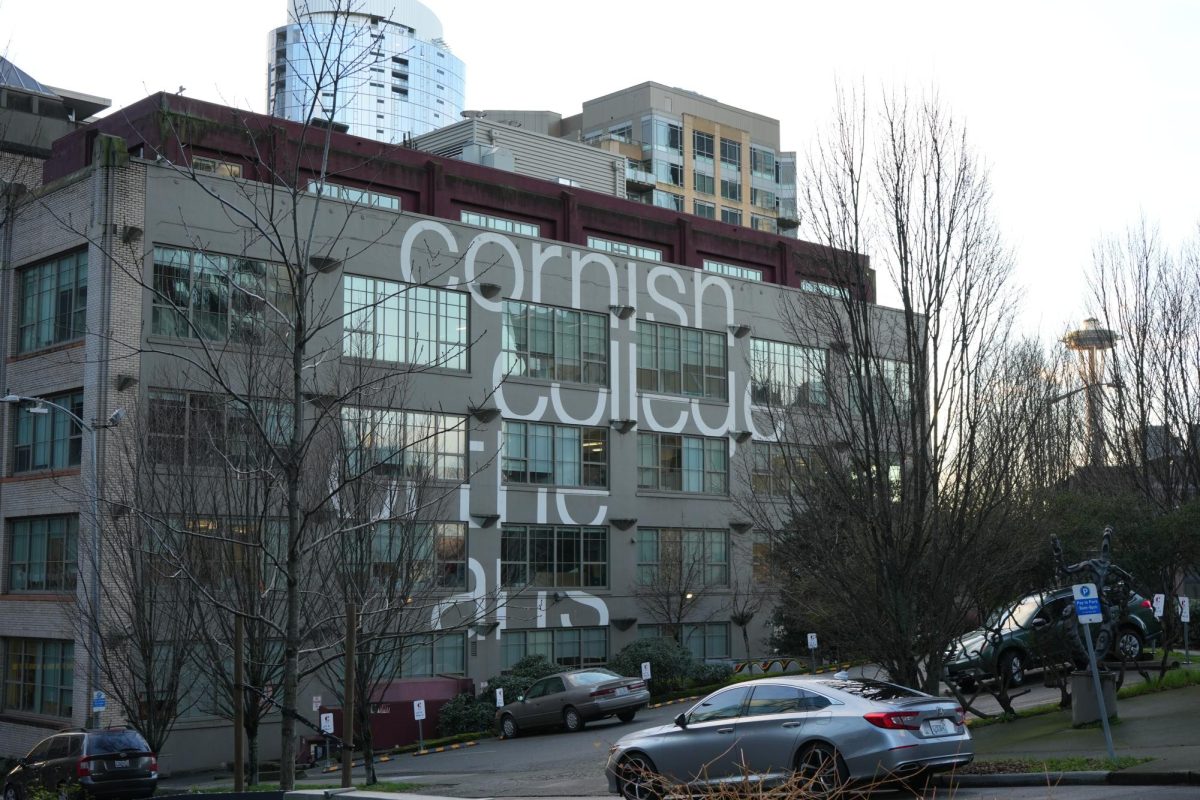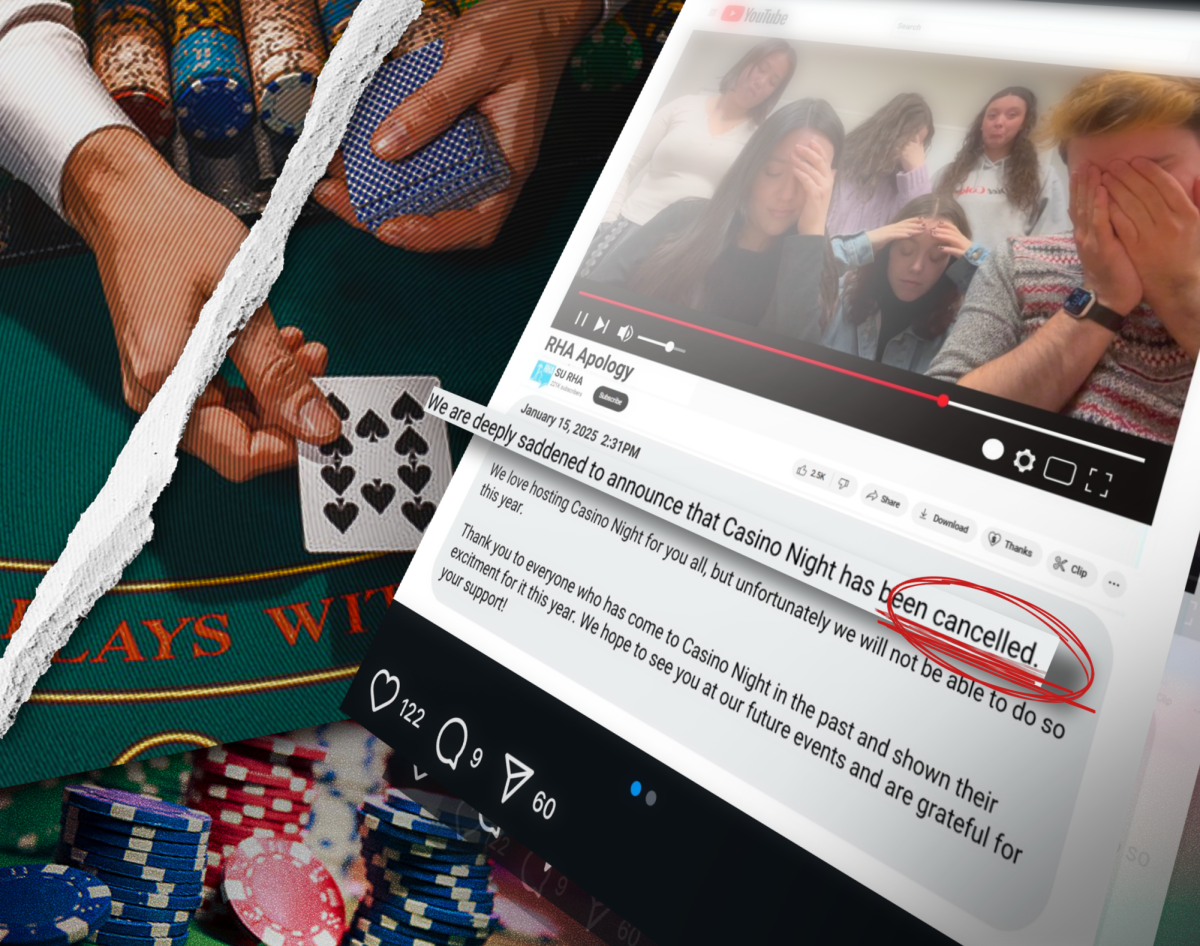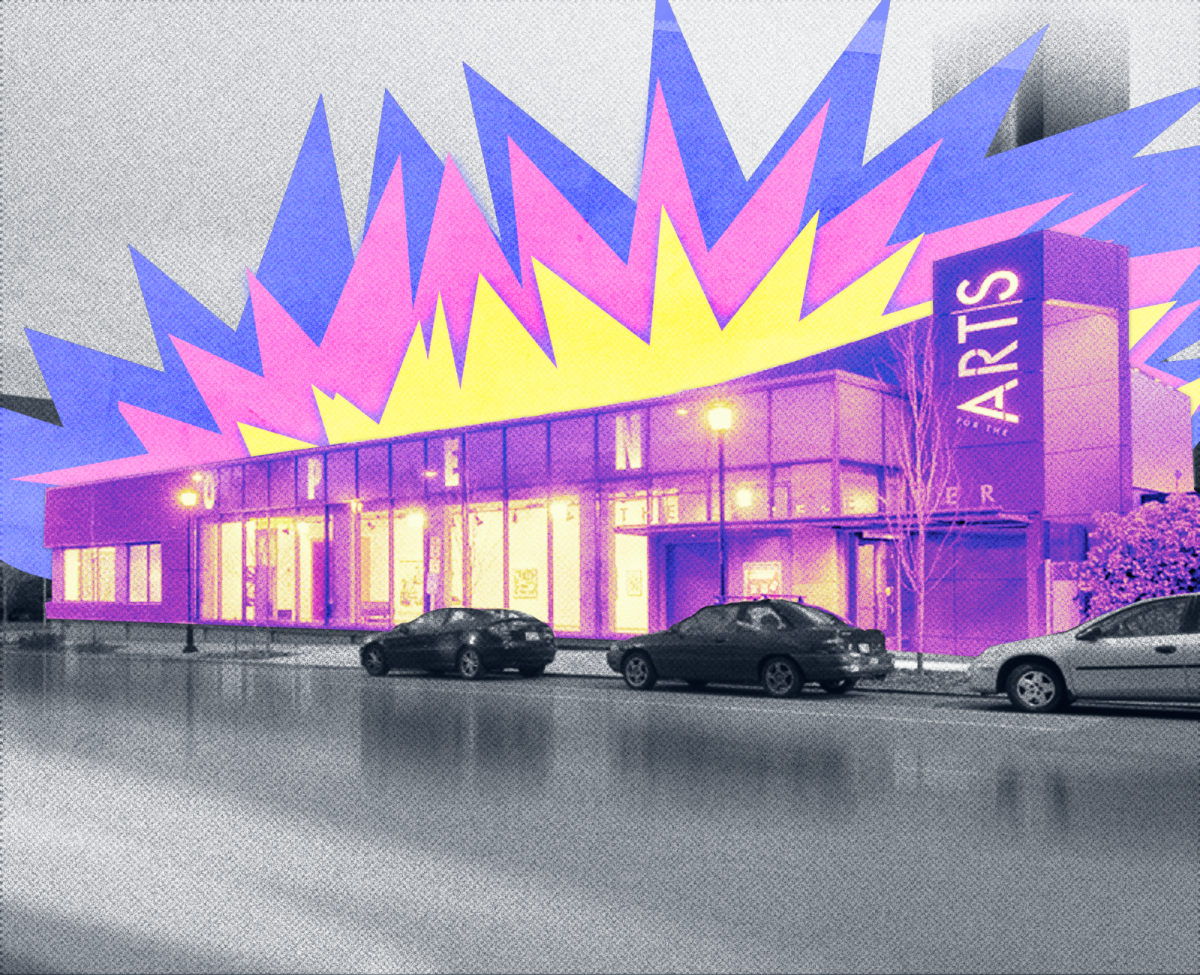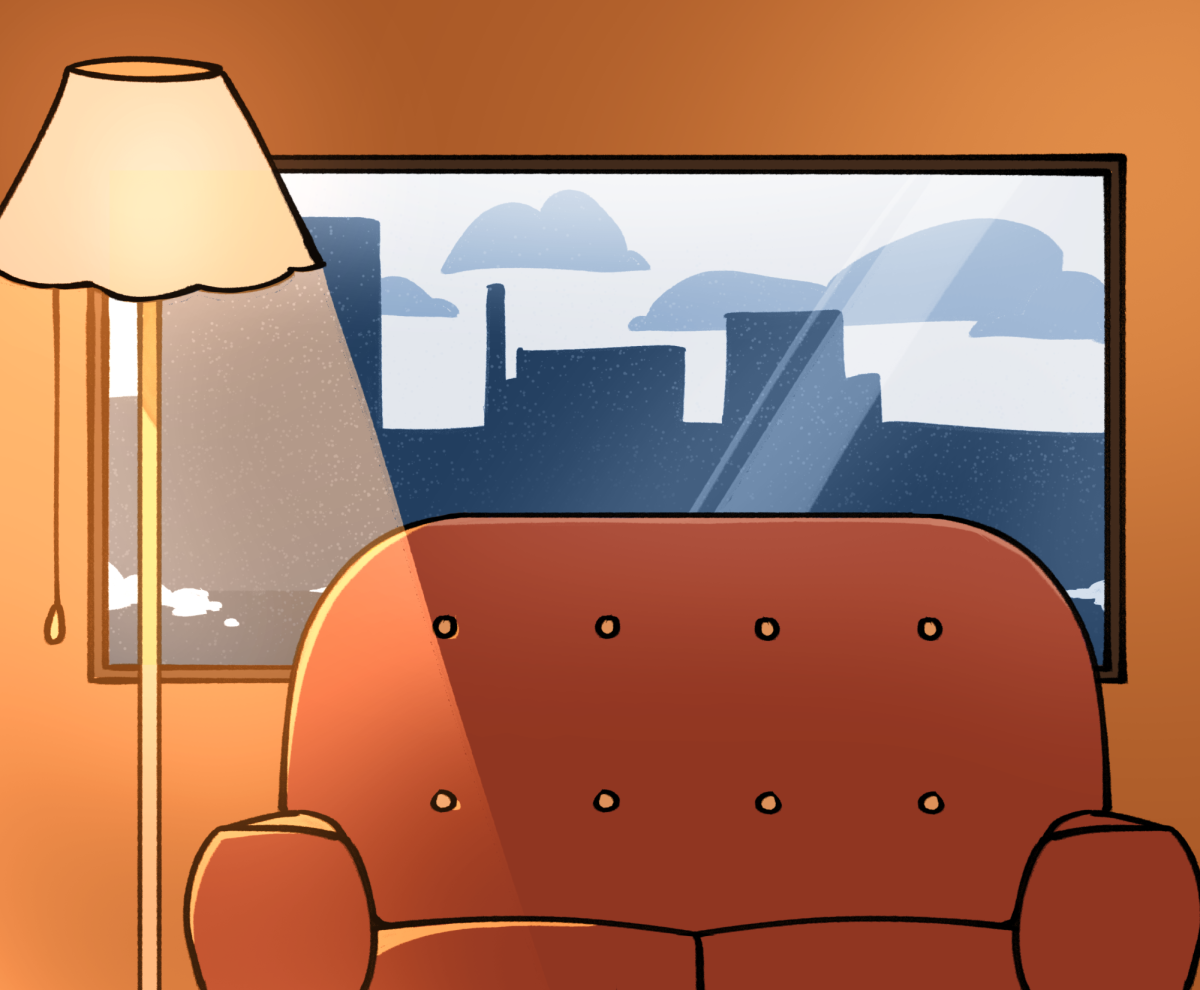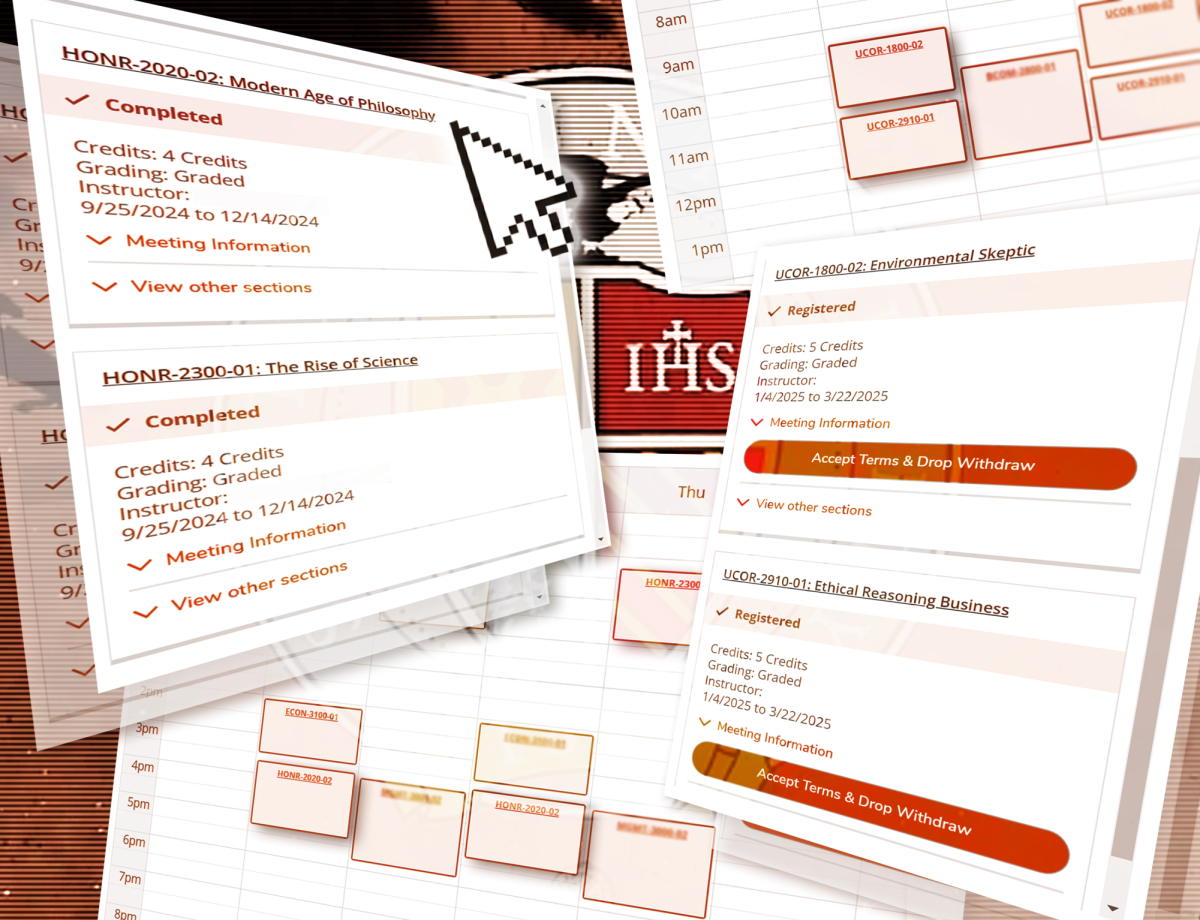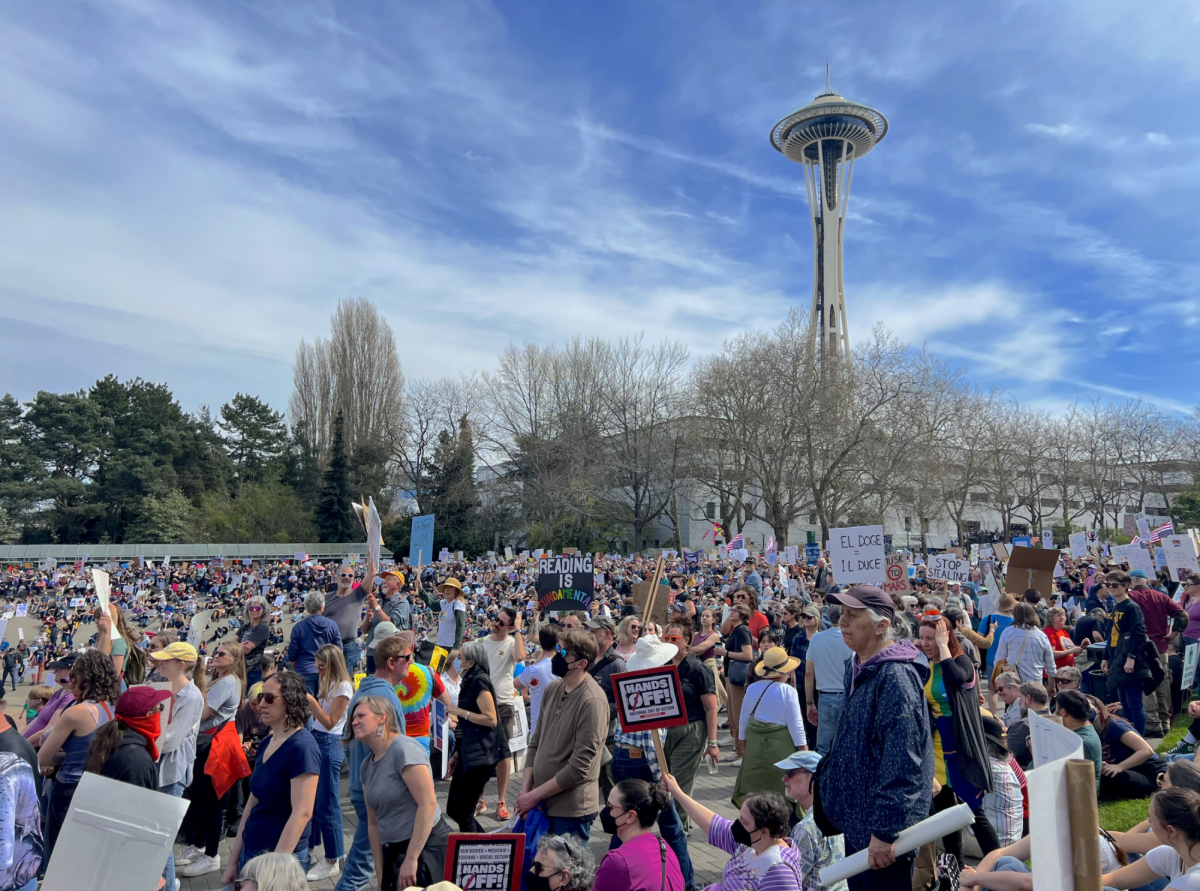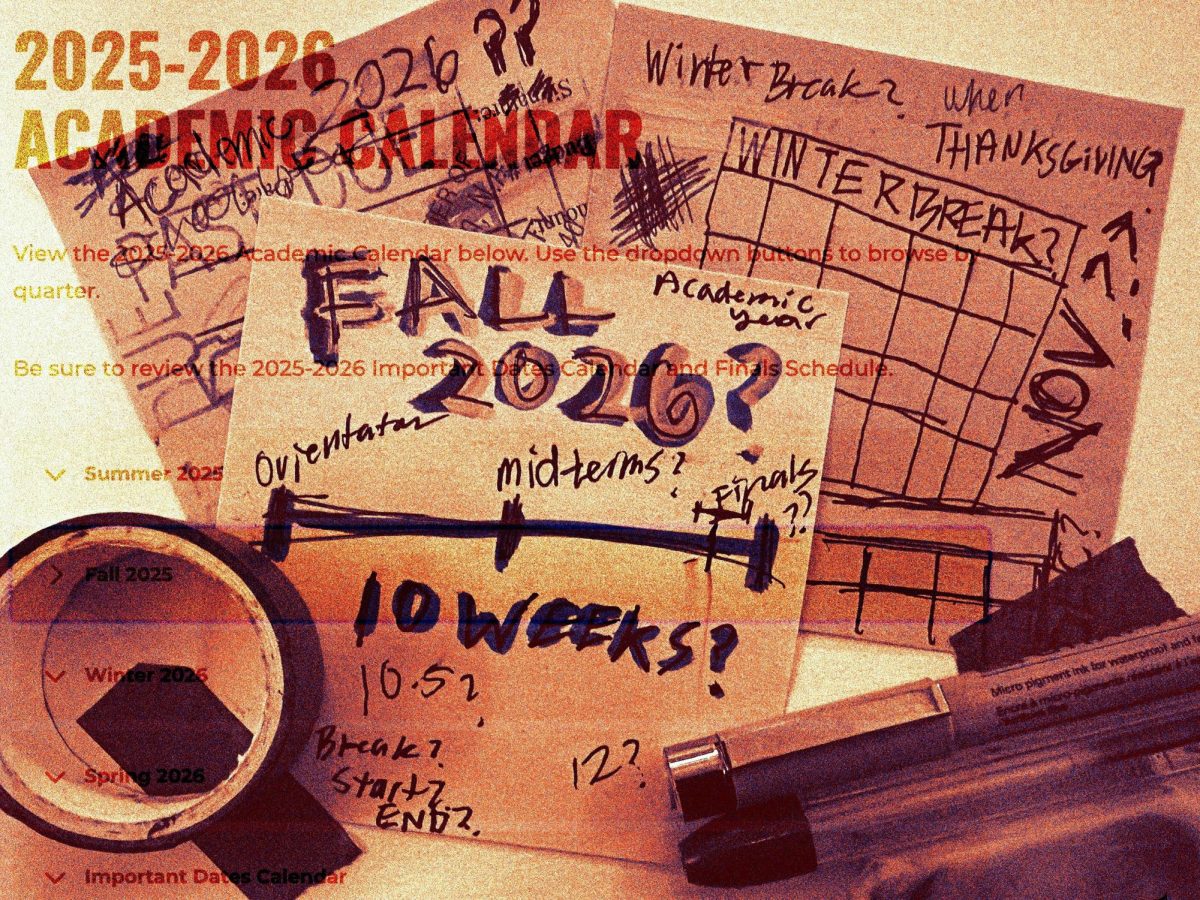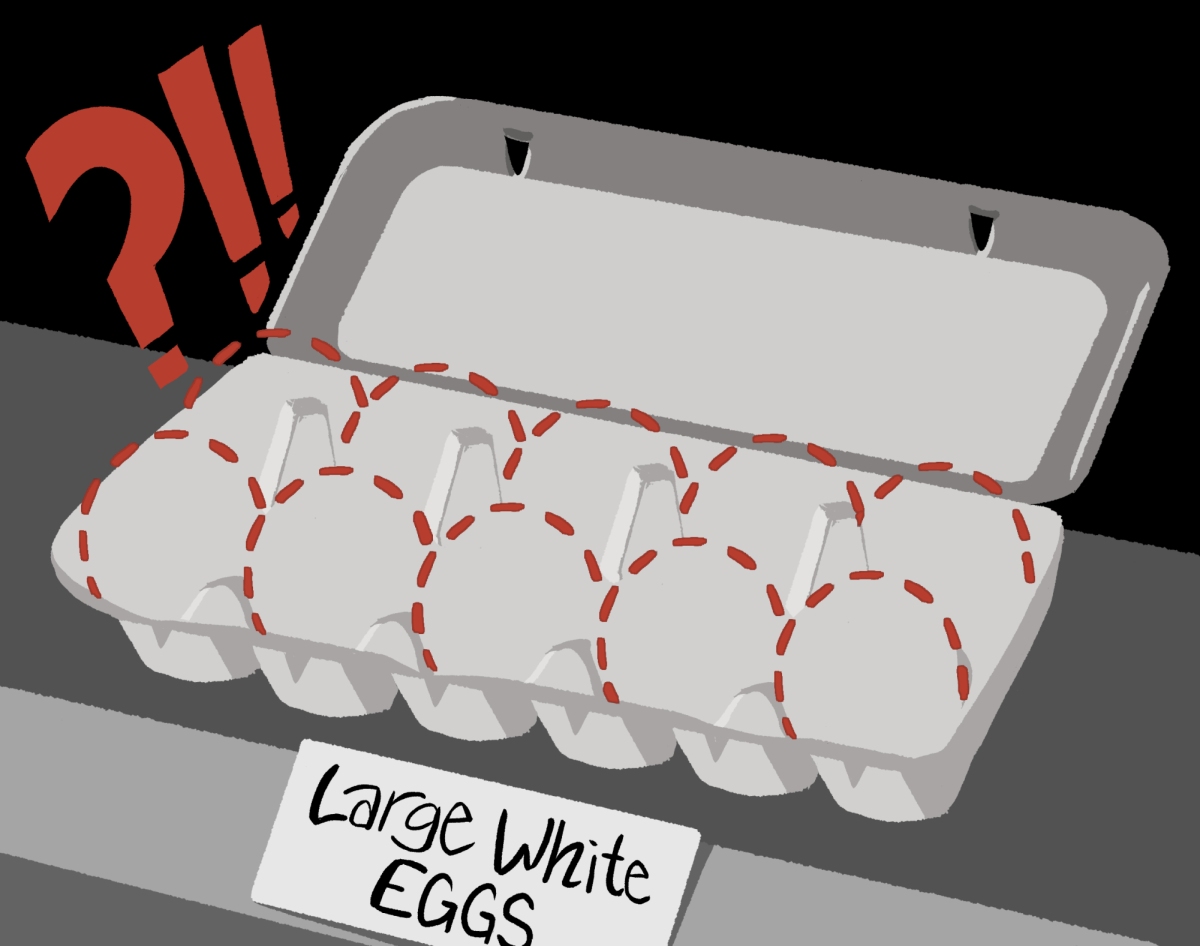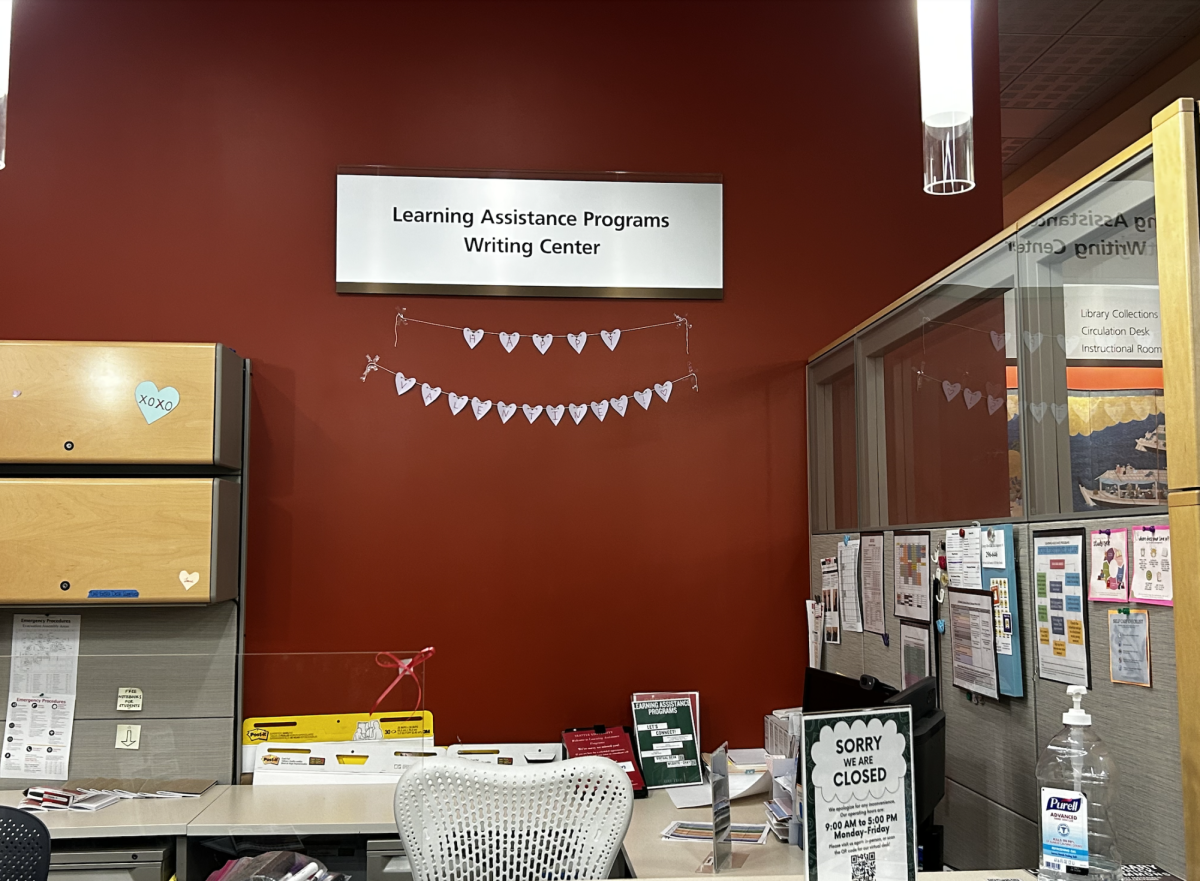STEM STUDENTS PARTNER WITH PROFESSORS ON RESEARCH PROJECTS
She steps into the Bannon building, punches in the code to unlock the door and enters a lab.
Bacteria. Cells. Hydroxylapatite.
She spends anywhere between one and five hours isolated in the lab, depending on which household spice she is experimenting on that week.
Turmeric. Cocoa. Cinnamon.
Daily, she invests time from her curiosity to see if eating or consuming these spices in different foods could inhibit cavity formation.
She researches her own papers and develops her own protocol to experiments. This project is completely her own.
Lauren Lau is a practicing scientist and a senior biology major at Seattle University. Throughout the year, students in the College of Science and Engineering—like Lau—engage in complex scientific research that are presented as at conventions around the nation.
Lau was able to present her poster with her experiment results done thus far at the American Society for Microbiology Regional Conference in Seattle.
“Research is a lot of trial and error,” Lau said. “You try things and if it doesn’t work you’re going to have to troubleshoot it. I find it a lot of fun.”
All students in the College of Science and Engineering engage in research at some point in their college years. However, some of these students express curiosity far beyond the typical mind, often leading them to conduct their own invented experiments.
As they begin experimenting their hypotheses and start finding solutions and answers, they record their findings. Most students then have the opportunity to present these papers at conferences. These conferences range from student research to professional research where posters are involved.
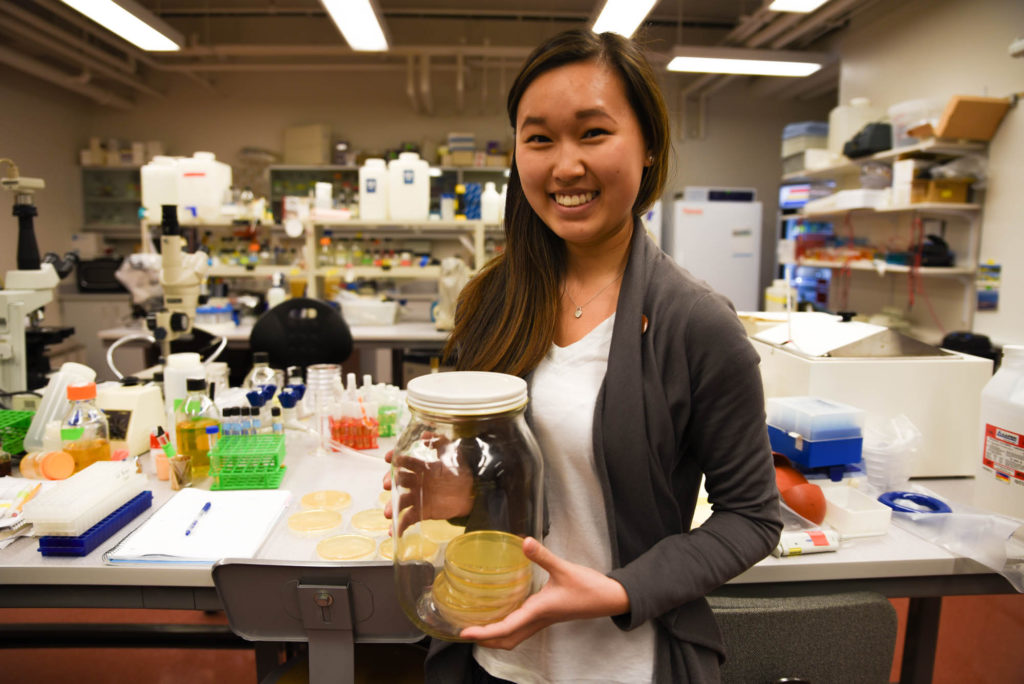
Lauren Lau presented her experiment at the American Society for Mircobiology Regional Conference.
“They’ve already done the experiments, reached their conclusions and created the poster. Now they have the opportunity to engage with other scientists,” said Dean of the College of Science and Engineering Michael Quinn.
Quinn has been dean of the College of Science and Engineering since 2007. During this decade, he has seen the undergraduate research program grow twice as large.
Today, the college offers 40 students a paid summer experience where they can work on their research and get a stipend for doing so. This unique opportunity speaks volumes about the type of program Seattle U runs, Quinn said.
Attending a conference comes with several benefactors for both the student-researcher and Seattle U.
The student researcher gets exposure to other studies at these conferences, gets the opportunity to practice their presentations in front of scientists that hold a doctorate and, ultimately get their name out in the field of the highly competitive discipline they study.
“The more general audience are all very impressed with the students work because they did not picture undergraduate students performing such complicated research,” Yen-Lin Han, Ph.D., mechanical engineering assistant professor said.
Han has shared research with students in the past. Last year she worked with a student-researcher on constructing a thermal ablation probe for cancer treatment. The student- researcher has since graduated, so this year Han decided to continue the same research and choose another two students to help her advance the study.
Instead of waiting for a student to reach out to her, she asked one of her advisees who she knew was interested in physical design to join her. This student’s roommate was also interested, but more so in the complication simulation studies aspect. Once the two roommates accepted Han’s offer to join her research team, Han submitted a proposal to continue the study.
The team will be presenting their research on this thermal ablation probe for cancer treatment in an upcoming “Design a Medical Device Conference” at the University of Minnesota this week. In June, the team’s research will be published. Han hopes that as her teammates present at a conference full of professionals with similar interests, they will get a taste of what their future in this field will look like.
“It’s fairly rare for undergraduate students to be able to attend such sort of high caliber conference, but I think it’ll be a great opportunity for my students to see how exciting it is,” Han said. “Sort of give them some simulation of what the future can hold.”
The university also benefits from these conferences as Seattle U students, all of whom are undergraduates, present their research that is considered to be akin to graduate level.
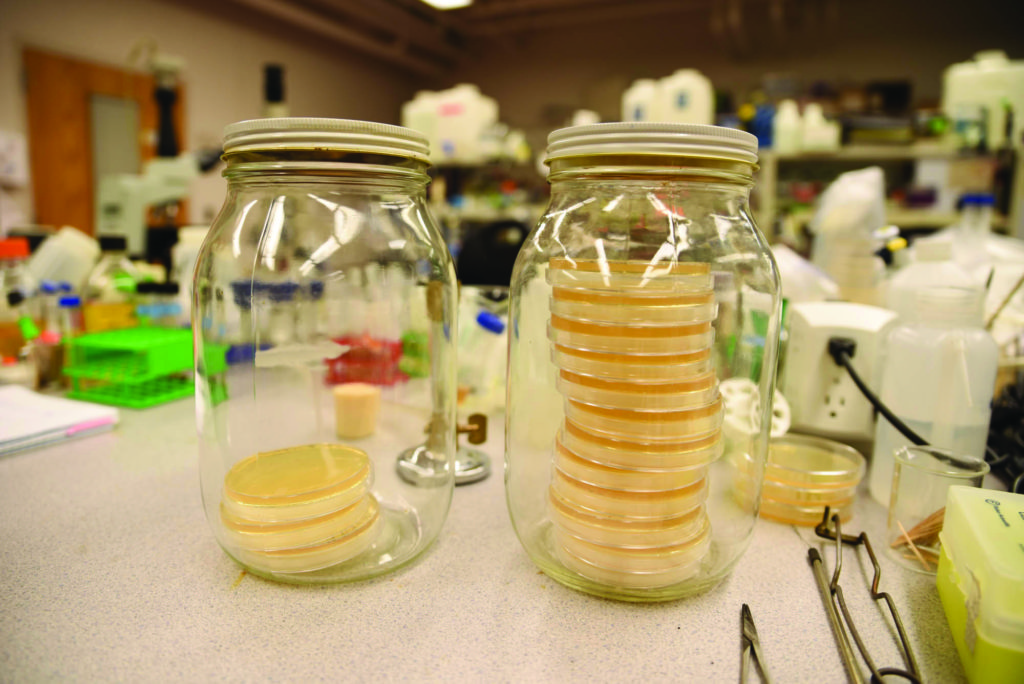
Petri dishes are often used to make agar plates for microbiology studies.
Funding for research this intense often require more equipment, tools and time. This funding comes from individuals who donate money every year to support student’s summer research, grants that the professors have and money that the dean raises.
This funding however, is not enough to allow all students to take part of this learning process that this research typically comes with, such as completing the scientific process for a hypothesis with a mentor and with the chance of possibly presenting it at a convention. The scientists at these conventions will then give the student-researcher feedback to improve their study.
Because funding is limited, the number of students that get the chance to embark on a research that has the potential to be displayed at a convention is also limited.
Kathy Paul, Donor Engagement and Stewardship Coordinator of the College of Science and Engineering, helps raise funds for the college and the dean’s fund. One of the ways Paul does this is by helping organize special visits from possible donors, who are considered VIPs.
During these VIP meetings,the dean of the college will meet them at a lunch event. They also get the opportunity to meet different teams working on different science experiments. The VIPs often get paired with a team working on research correlated to their profession’s study.
Paul reminds the student-researchers to say what year they’re in. With the type of research they engage in, oftentimes people will mistake them for graduate students.
Everyday Paul is impressed with the dedication the professors teach their students and with the great effort the students put into their research. Coming from a theatre background, Paul is always discovering things that she would have never learned with her theatre major. Today, she takes on the role of putting together quarterly College of Science and Engineering magazines.
“I love that they have joy in discovery because I do too,” Paul said. “So just being in that environment is really amazing for me. Every day there’s something that someone talks to me about that’s brand new and almost every day I’m like, ‘really?’”
There exists a few ways that students are selected to engage in these intense studies for the chance to present their work at a conference. More often than not, students are teaming with their professor and continuing the research their professor has began.
Johanna Rinaman, a senior chemistry major, advises students to recognize their interests and make it known to their professors. More often than not, these professors are working on something related to that interest or know someone who is. This is how she got involved with research.
“Professors seem hard and upfront but if you email them and are like, ‘I’m really interested in this subject,’ they know everyone, so they might know someone who’s looking for an assistant. That’s how I got mine!” Rinaman said.
Rinaman’s focuses on analytical chemistry. She mentioned this interest to her then-Organic Chemistry professor. Her Organic Chemistry professor then recommended Rinaman to apply for a position posted by chemistry Associate Professor Douglas Latch. Last week, Doug attended the American Chemical Society Conference in San Francisco, presenting the work that he and Rinaman have studied.
For about a year now, the photochemistry team has researched how light interacts with matter.
As the Spectator interviewed Rinaman, she continuously referred to Dr. Latch as, “Doug,” an indicator of the mentor-mentee relationship between the two. Throughout her research and her preparation for the convention, Latch has shown Rinaman support since the initial stage of their collaboration.
Every student-researcher begins their research at different years in their college career; also, every student-researcher begins with a different knowledge bank, therefore mentors are crucial to guide the student to the right path.
At a convention in which Rinaman presented her research, she mentioned that displaying her work at the conference differs substantially from when she displays it with her friends and family, who have a hard time understanding her work as well as her explanations.
“At the conference people actually asked questions specifically about my research which is really cool so I can have deeper conversations,” Rinaman said.
Giving the student-researchers this chance to speak to scientists and to engage in this meaningful conversation is one of the reasons Han got involved in her students research.
“I want to see the students go through the learning process. When they learn, that’s theirs forever. My role is to foster this environment for them to go through this process,” Han said. “If I could, I would get more students and do more. So I think it’s very natural to me that I like my students. I like to be involved in their growing process in their education.”
Yesenia can be reached at
yvarela-@su-spectator.com




